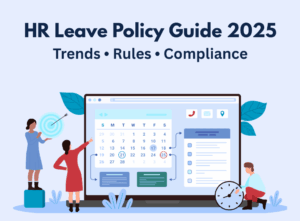
HR Leave Policy Guide: Rules, Trends & Compliance 2025
In 2025, organisations will continue to understand the necessity and importance of comprehensive HR leave policies with respect to changing workforce conditions and legal requirements.
Trusted by 20,000+ companies & 800,000+ Employees
Existing User? Sign In
Through Kredily’s intuitive platform, employees can seamlessly submit leave requests, while HR managers can swiftly review and authorize them. Embrace a streamlined leave management process that boosts productivity and employee contentment, driven by Kredily’s advanced technology.

Experience prompt support and assistance from our dedicated team, ensuring you get the help you need without any delays.

Our user-friendly features make HR management a breeze, eliminating complexity and boosting efficiency.

No more waiting! Our commitment to you includes deploying our solution within the same day, ensuring you can start enjoying the advantages without delay.
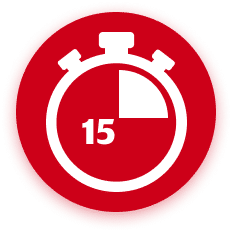
Activate your account in a mere 15 minutes. No valuable time squandered, just a seamless journey ahead.
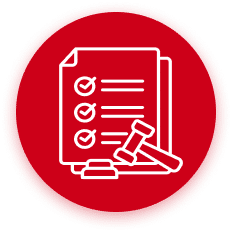
Streamline your HR workflows by establishing guidelines and allowing our software to manage the remainder, liberating you to concentrate on strategic endeavors.

Empowering growth through seamless attendance management. Elevate productivity, foster engagement, and build connections. Come be a part of creating a brighter future, step by step, attendance by attendance.
The Employee Leave Management System is crafted to mitigate the difficulties linked with the manual process of assigning, approving, or declining employee leave requests. This system facilitates managers in efficiently handling employee leave, eradicating the challenges that both employees and managers encountered within the former manual system.
Kredily guarantees adherence to company leave policies while simultaneously enhancing employee satisfaction. By ensuring that proper resources are available, the software also ensures that the company can maintain continuity in the absence of employees.
The leave management system simplifies the process for employees to take breaks, fostering a healthy work-life balance and diminishing stress levels. This, in turn, enhances the physical and mental health of employees and creates a more productive and efficient workplace.
Kredily has transformed its leave management software into a user-friendly and inclusive solution for all employees. Through this software, organizations can eradicate the complexities linked with manual leave management, thereby enhancing and streamlining their leave management processes.
One of the most crucial HR operations, leave management, takes up a little but considerable amount of managerial
time. In the corporate realm, time equates to financial loss, and without predefined employee leave policies,
the firm will suffer a significant loss. Unanticipated absences can wield a substantial influence on a company’s financial performance. Therefore, employees need to plan proactively before requesting leave. Many individuals have experienced tense situations with their managers due to such incidents.
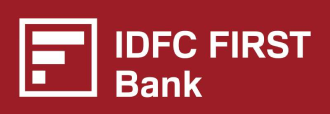





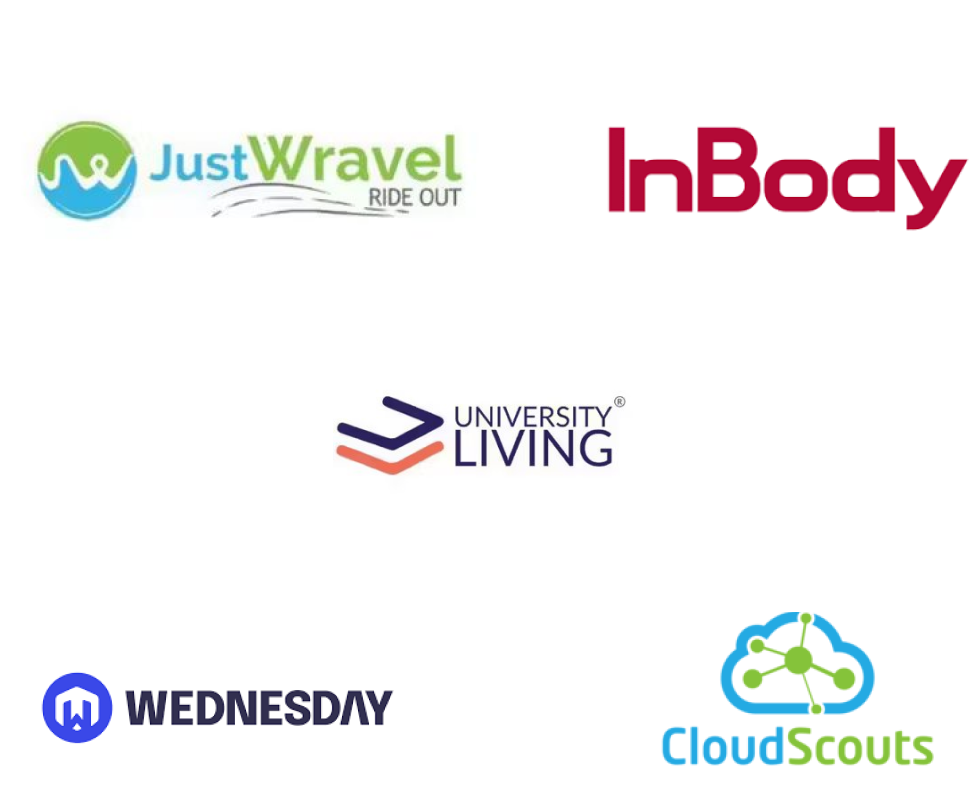



As a expanding non-profit organization, we were in search of an HR solution that could efficiently handle our fundamental HR operations without a significant financial burden. This is where Kredily came to our rescue! Kredily provided us with a Core HR suite completely free of charge. Its straightforward and user-friendly interface is remarkably intuitive and doesn't necessitate any training for implementation. It's quite noteworthy that in India, an HRIS company is offering such valuable services to clients without any cost.
We are highly content and delighted to have discovered Kredily as our HRMS partner. Throughout our collaboration, Kredily has cultivated a deep understanding of our unique vision and workflows, effectively aligning with our operations without causing any disruptions or complications on our end.
I discovered Kredily at precisely the moment when I began exploring HR tools and services for our operations. As a founder of a startup, I found myself dedicating a significant amount of time to manage attendance, leave, and payroll records. Kredily brought a higher level of transparency to our company's HR processes. The setup process was straightforward and well-guided. Personally, I appreciated the comprehensive information provided within the application about HR procedures.
We take immense satisfaction in our partnership with Kredily, which has proven immensely beneficial in streamlining our HRMS operations. For a small NGO such as ours, having access to a comprehensive solution on a single platform for managing employee records and authorization has been invaluable. This support has significantly contributed to our efforts in establishing our organization as an efficient institution.
Streamingo, a startup operating in the field of Artificial Intelligence, shares the common challenge with all bootstrapped startups in seeking a cost-effective HRMS solution. We were pleasantly amazed to discover that Kredily not only provides a user-friendly HRMS solution but also does so at zero cost. Kredily encompasses many of the features typically found in standard HRMS solutions and boasts remarkable simplicity and ease of use.

In 2025, organisations will continue to understand the necessity and importance of comprehensive HR leave policies with respect to changing workforce conditions and legal requirements.
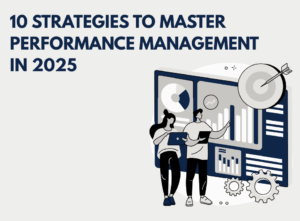
Performance management has transitioned away from the traditional model of an annual review to a more continuous and strategic process, given the 2025 business context.
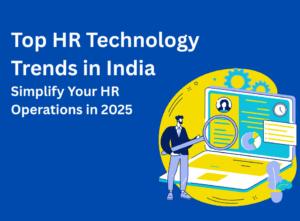
HR departments are undergoing a significant transition in the dynamic business world of today, moving from traditional administrative responsibilities to strategic enablers of organisational success.
An employee leave management system is a software solution that helps organizations manage employee leave, including vacation time, sick leave, personal days, and other forms of leave. The system typically includes features such as a centralized dashboard for managing and tracking leave requests, automated workflows for approving or denying requests, and reporting tools for tracking leave usage and trends.
Some of the key benefits of an employee leave management system include:
Streamlining the leave request process: The system provides an easy-to-use platform for employees to request leave, and managers to approve or deny those requests.
Accurately tracking employee leave: The system accurately tracks how much leave employees have earned, how much they have taken, and how much they have left.
Managing employee schedules: The system helps managers balance employee leave requests with the needs of the business to ensure adequate staffing levels.
Ensuring compliance with labor laws and company policies: The system helps ensure that the organization is in compliance with all relevant labor laws and company policies regarding employee leave.
Reducing administrative burden: The system automates many of the manual tasks associated with leave management, freeing up HR staff to focus on more strategic activities.
Overall, an employee leave management system helps organizations manage employee leave more effectively and efficiently, while promoting employee satisfaction and productivity.
In India, there are typically five types of leaves that employees are entitled to:
Casual Leave: This is typically a short-term leave of 2-3 days that can be taken for personal reasons or emergencies.
Sick Leave: This is leave taken due to an illness or injury and is usually granted for a specific number of days per year.
Earned/Privilege Leave: This is a leave that employees earn over time and can be used for personal reasons, such as vacation or attending to personal matters.
Maternity Leave: This is a leave granted to female employees for the purpose of childbirth and childcare.
Paternity Leave: This is a leave granted to male employees to take care of their newborn child and support their partner during the pregnancy and childbirth.
It’s important to note that the exact types and number of leaves can vary depending on the organization and their policies, and some states in India have their own specific laws regarding employee leave entitlements.
Define the requirements: It involves identifying the types of leaves employees are entitled to, the leave policies, the approval workflow, and the reporting requirements.
Select a technology platform: Use a software solution or an integrated module within your HRMS.
Configure the system: It involves setting up the leave types, policies, workflows, and user roles.
Integrate with other systems: You must integrate it with other HR systems, such as payroll and attendance tracking.
Train users: It includes training employees on applying for leave, managers approving or rejecting leave requests, and HR personnel generating reports and managing the system.
Test and deploy the system: After configuring it, you must test it to ensure it works as expected. Once testing is complete, you can deploy the system to your organization.
Creating a leave management system requires careful planning and execution. By following these steps, you can create a system that meets your organization’s needs and helps you manage employee leave more efficiently.
The objectives of a leave management system include:
Accurately tracking employee leave: The system should accurately track how much leave employees have earned, how much they have taken, and how much they have left.
Streamlining the leave request process: The system should provide an easy-to-use platform for employees to request leave, and managers to approve or deny those requests.
Managing employee schedules: The system should help managers balance employee leave requests with the needs of the business to ensure adequate staffing levels.
Ensuring compliance with labor laws and company policies: The system should help ensure that the organization is in compliance with all relevant labor laws and company policies regarding employee leave.
Reducing administrative burden: The system should automate many of the manual tasks associated with leave management, freeing up HR staff to focus on more strategic activities.
Improving communication: The system should facilitate communication between employees and managers regarding leave requests, approvals, and scheduling.
Overall, the objectives of a leave management system are to help organizations manage employee leave more effectively and efficiently, while ensuring compliance with labor laws and company policies, and promoting employee satisfaction and productivity.
A leave management system typically works by providing a centralized platform for employees to submit leave requests and for managers to approve or reject those requests. The system will typically track employee leave balances and entitlements, automatically deducting leave days as they are taken. It may also provide features such as automated email notifications, leave policy configuration, and reporting capabilities.
To maintain employee leave records, organizations can use a variety of methods, including:
Manual tracking: This involves using paper-based forms or spreadsheets to track employee leave requests, approvals, and usage.
HR software: Many HR software solutions include leave management modules that allow organizations to track employee leave requests, approvals, and usage electronically.
Online leave management system: Web-based software solutions provide an easy-to-use platform for employees to request leave, and for managers to approve or deny those requests, while also ensuring compliance with labor laws and company policies.
Regardless of the method used, maintaining accurate and up-to-date employee leave records is critical for ensuring compliance with labor laws and company policies, managing employee schedules, and promoting employee satisfaction and productivity. The records should include details such as the employee’s name, date of request, type of leave, dates of leave, and the status of the request (approved, denied, pending). It’s important to keep these records confidential and secure to protect employee privacy.
The common leave process in India typically involves employees submitting a leave application to their supervisors or HR department. The application should include the type of leave (e.g., earned leave, sick leave), the duration of leave, and the reason for taking leave. The supervisor or HR department then reviews and approves the leave request based on company policies and leave balances.
A leave policy is a set of guidelines and rules established by an organization regarding employee leaves. It defines the types of leaves available, the process for requesting and approving leaves, the maximum number of leaves allowed, carry-forward rules, and any other relevant regulations related to leaves.
Leave requests can be managed using various methods, including:
a) Manual process: Employees submit leave applications on paper or through email, and supervisors or HR personnel review and approve them manually.
b) Online leave management system: Employees use a digital platform to submit leave requests, which are then automatically routed to supervisors or HR for approval. The system tracks leave balances and simplifies the overall leave management process.
A leave management system is important because it:
a) Streamlines the leave request and approval process, saving time and reducing administrative burden.
b) Ensures compliance with company policies and labor laws.
c) Provides visibility into leave balances, making it easier to plan and manage workforce availability.
d) Facilitates accurate tracking and reporting of leave-related data, such as leave utilization, trends, and patterns.
e) Improves employee satisfaction and engagement by providing a transparent and efficient leave management process.
Features of a leave management system can include:
a) Online leave application submission and approval workflow.
b) Real-time leave balance tracking for employees and supervisors.
c) Customizable leave policies and configurations.
d) Integration with attendance and payroll systems.
e) Automated notifications and reminders for leave requests and approvals.
f) Reporting and analytics on leave utilization and trends.
The purpose of a leave policy for a company is to establish clear guidelines and rules regarding employee leaves. It ensures consistency, fairness, and transparency in the leave management process. The policy helps employees understand their entitlements, rights, and responsibilities related to leaves while providing a framework for supervisors and HR personnel to manage leaves effectively.
Some common challenges of leave management in India can include:
a) Balancing employee leave requests with maintaining adequate workforce coverage.
b) Dealing with frequent unplanned or short-notice leave requests.
c) Managing leaves during peak workload periods or project deadlines.
d) Ensuring compliance with statutory leave requirements as per labor laws.
e) Addressing leave abuse or excessive leaves by certain employees.
f) Handling complex leave scenarios, such as long-term leaves or leaves without pay.
A leave balance policy defines the rules and guidelines for managing leave balances for employees. It outlines how leave balances are accrued, carried forward to the next year (if allowed), and utilized by employees. The policy may also specify any restrictions or conditions related to leave balance accumulation and utilization.
To control unplanned leaves, consider the following approaches:
a) Clearly communicate leave policies and expectations to employees.
b) Encourage employees to provide advance notice for planned leaves.
c) Implement a process for reporting unplanned leaves promptly.
d) Track and monitor leave patterns to identify any chronic absenteeism or abuse.
e) Consider offering incentives or rewards for good attendance.
f) Conduct return-to-work interviews or discussions after employees return from leaves to address any concerns or issues.